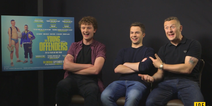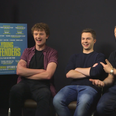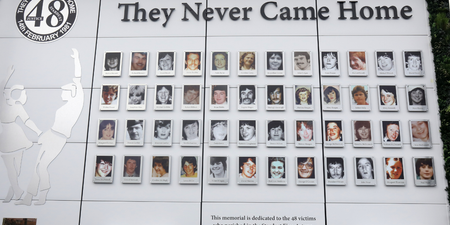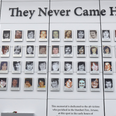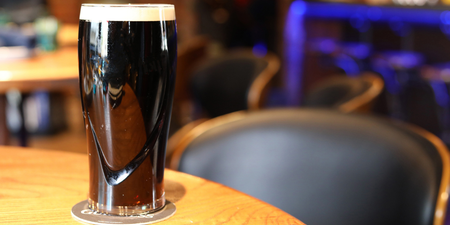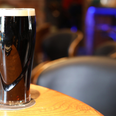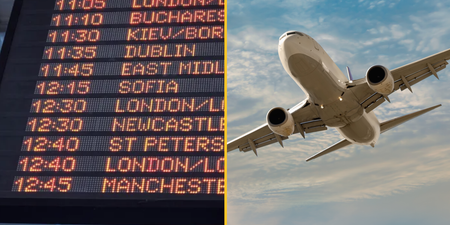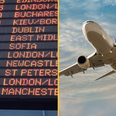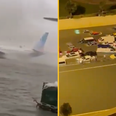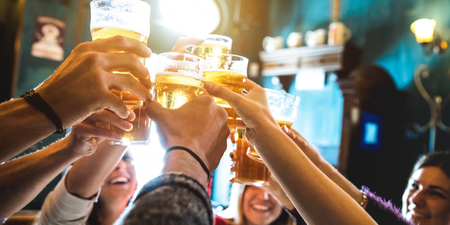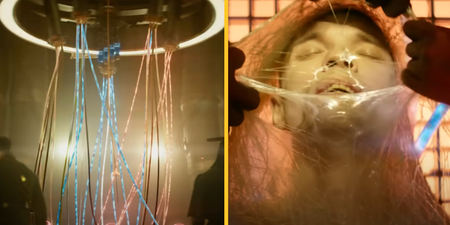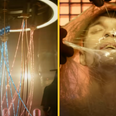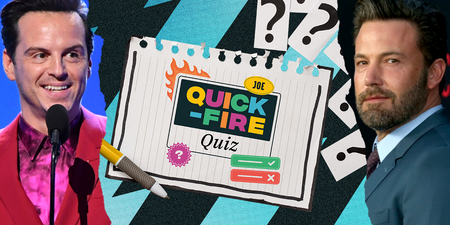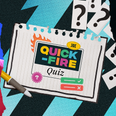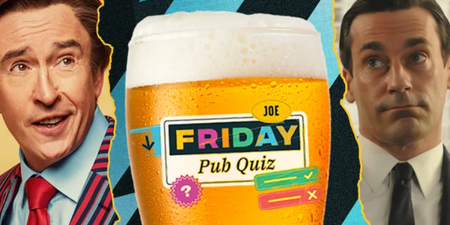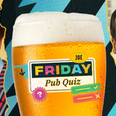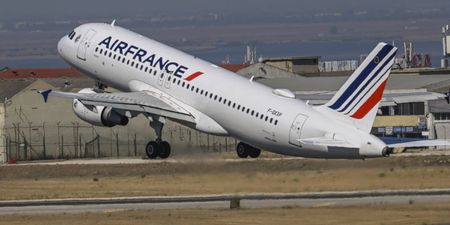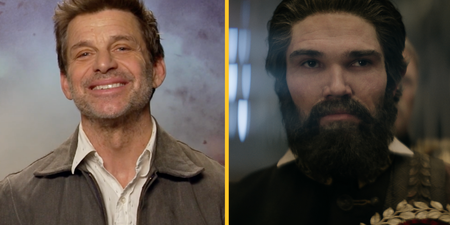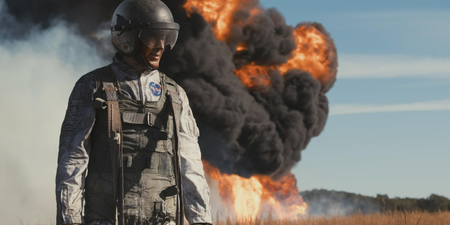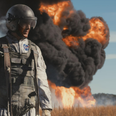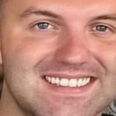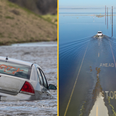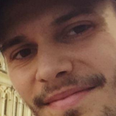Recently, JOE had a chat with the Irish-based British pro surfer Tom Lowe about using Vodafone technology to catch one of the world’s most dangerous waves…
When he’s not dividing his time between Lahinch in Co. Clare and Fuerteventura in the Canary Islands, Tom Lowe searches for some of the biggest, most adrenaline-inducing waves imaginable.
Tom recently joined the ranks of a select group of people who have conquered the waves at Todos Santos off the coast of Baja California in Mexico, as part of the Vodafone Firsts programme, which aims to inspire people to do something remarkable for the first time with the help of mobile technology.
We wanted to find out what it takes to surf the wave that has been dubbed ‘one of the world’s most dangerous’ and we wanted to know how exactly Tom managed to find it with his smart phone…
JOE: So, Tom, we’ll start with the one thing on everyone’s mind: What makes Todos Santos one of the world’s most dangerous waves?
Tom Lowe: Well, firstly, it’s not just the wave that makes it a dangerous place to surf. For this one, I was paddle surfing, where you have to paddle out to meet the wave. It’s different from tow surfing [being towed out to a wave by a jet ski] because you have to position yourself, you have to have a lot of water knowledge in big waves in order to be out there with just your board and your arms, you know?
You can put yourself in really bad situations when paddle surfing. I’m not saying it’s any more or less dangerous than being towed in, because tow surfing is equally as dangerous. One minute you’re sitting out the back of a jet ski in deep flat ocean and the next thing you know you let go of the rope and you’re on a huge wave. It’s the jet ski that got you there in the first place and suddenly you’re in the wrong spot that you shouldn’t be in and you have no way to get out of it.

I’ve got a lot of friends who are doing the tow thing, locals from Lahinch, guys up North, and it’s awesome. I’m really happy for them to let go and be on a 30 or 40-foot wave. Good on them, but I’ve already done that, you know? I’ve gone up to Mullaghmore in the biggest storms of the year; I’ve let go of the rope and surfed a 40-foot face wave, bigger than the waves I paddled at Todos Santos.
But this is a whole other level of buzz. It’s like a lifetime of training towards the Todos Santos moment. I’ve thought about paddling big waves before, but to put myself in that position and to get that speed with my arms, to enter that wave and drop down the face, purely natural and without a tow, was just like a huge weight off my mind.
People have drowned at Todos before, you know? That’s the reality of it, but the thing is that I’ve trained so hard for this that it doesn’t cross my mind, just like all the people that are out there these days. And the times have changed dramatically.
We’re not just out there with faffy old wet suits with holes in them that actually hold you under the water rather than push you to the top. We’re not out there without safety vests either. I wear a flotation device with oxygen, and when I pull on a chord my whole back releases in a life vest, so it’s different to the olden days.
JOE: If people have drowned out there then that obviously weighs on your mind then when you’re going do drop into a wave of that size?
TL: Of course it does. I went under for two waves recently, one at the famous surfing spot Mavericks last week and one at Todos Santos. I took a huge wipe-out both times, but I felt confident and came out of them fine. I was smiling, everyone was buzzing; I came up and caught more waves after the wipe-out in Mavericks and felt really confident going down to Todos Santos, and just thought, ‘well, that’s a good confidence builder’. None of it is negative.
Surfing the waves at Todos were some of the most positive experiences of my life and it was a big turning point in my surfing career as well, because finally I know how it feels to ride a wave that big by paddling in.
JOE: Would we be correct in saying that you’re the first European to actually conquer the big waves at Todos by paddling in?
TL: Well, you know what’s interesting… I would have been.
However, there were two French guys who turned up, who are actually mates of mine. They’re some of Europe’s best big wave surfers. One of them is called Benjamin Sanchis. He’s a really good surfer and we bump into each other now and again, and we do trips together. He actually turned up without knowing. We were both there thinking we were doing something way out of the box.

Like I said, he’s from Europe too, but it’s just one of those things. Who knows who has been down there in the past and surfed bigger waves without anyone recording it? But there’s never been any coverage of any European guy charging that wave when its 20-foot. And there’s definitely no coverage of any English guy doing it, that’s for sure.
JOE: In one of your blog posts you were saying that when you surfed down one of the waves at Todos the nose of your board entered the water. That sounds a bit frightening. So what was going through your head at that particular moment?
TL: Well, that particular wave basically just continued to grow. The wave came in and it looked like it was about 12ft, so not huge, but big, and then it grew and grew and grew. And as I was paddling into it, it felt like I couldn’t get into the wave and by the time I stood to my feet I was right at the very top of it.
I was part of the lip and I thought it was gonna throw me. I thought ‘this is a touch and go moment,’ you know. It was like fight or fly style were you go ‘shall I jump off the board and be guaranteed a bad wipeout’ or ‘hold on and if I hold on there’s always a chance I could make it’.
I went in really fast, my arms were stretched completely above my head, I felt complete weightless. You feel like, ‘okay, this is completely out of my hands and this is now up to the powers that be’. I thought, this thing is either going to give me a whipping or I’m going to make it.
When the nose went under, I just held on and rode through it. I was just like ‘WOW,’ you know? I pulled straight, the whole wave caught up with me after that and blasted me anyway, but at least I made the drop at the most critical part of the wave. I knew then I was in control of the wipeout ahead because I was in front of most of the power and then after that it just blasted me, rolled me around under the water for about 20 seconds and then I was up and I was smiling.
I mean, again, I can’t stress enough to you the fact that I’ve towed into waves that are so much bigger than that wave at Todos, but this is paddle surfing and that’s what makes it as extreme and as gnarly as it is. It’s just more technical, it’s difficult.
JOE: In terms of using Vodafone technology to track the waves, how exactly did that work?
TL: When I was filming over in the Canary Islands, which is where I was before the storm approached Baja California, we did two days of filming with Vodafone and there was a small crew that came out. They gave my girlfriend a new tablet computer and they gave me this phone that I’m speaking to you on now.
I travel all the time, so I usually just pick up a cheap phone for texts and calls and I kind of just rely on local friends to steer me where to go when the swell arrives.
I take my laptop with me too and if I’ve got some free wireless then it’s a bonus, but if not then I just have to arrive on the right day for the big waves. But now, having the smart phone is great. At first I just had to learn how to use it. It was touch screen, and I’m Stone Age, to be honest.
I mean I live a pretty old school lifestyle in Ireland. My mates grow their own vegetables and they’re pretty much just living off the land back home and we’re doing a full natural kind of vibe and so it’s not exactly this technology-based lifestyle. But then I got this phone and every 6 hours I was just checking the swells, keeping my eye on Baja California and Hawaii, because it hits Hawaii before it hits Baja.
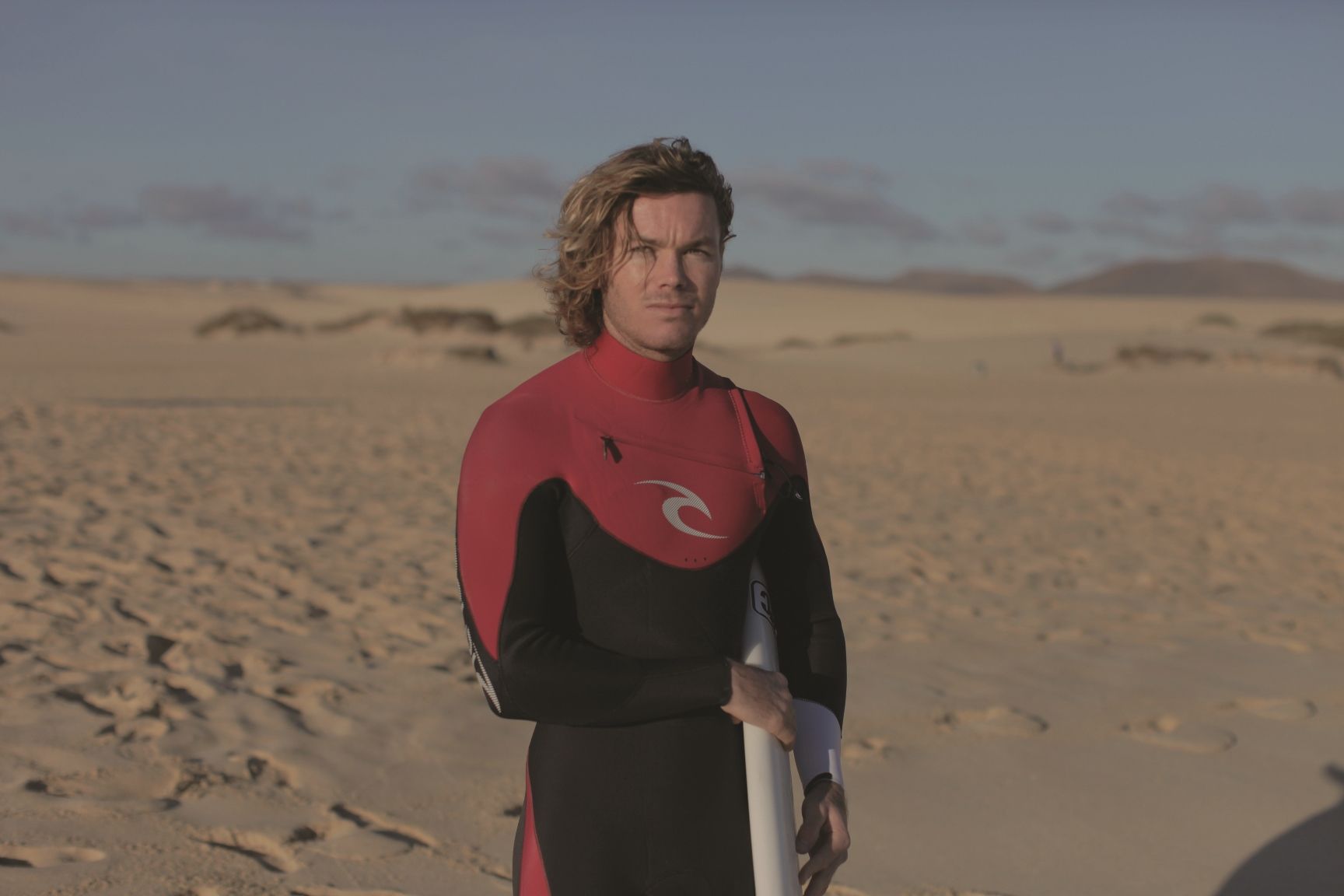
So I would look at Hawaii, I would look at Maui and the North Shore and I’d think, ‘okay, there’s a big enough swell that hits there, it’s going to hit here eventually’. Then I saw that a huge storm was approaching Maui in 3 days, so I figured it would be [in Baja California] in about five days, so we just went…
It was funny because two days after the crew left Fuerteventura I said, ‘Look, it looks like there’s a big swell heading that way, there’s definitely going to be some 20-foot waves somewhere, and its probably going to hit Todos’. So I phoned up Greg Long and Rusty Long, the two guys who are pretty much the best big wave surfers in the world – they’re up there with the top 5 in the world. I’m a good friend of theirs. They’ve been over to Ireland and they’ve surfed the waves in Ireland with us a couple of times. They’ve been helping us out for the trip. We had Rusty Long as a sort of guide over here and I said ‘Look, this swell is looking great’ and so we got over here as quick as we could.
It was great to be able to check the swells on my phone, in the airport, whilst I was running around with my board bag. I was calling the shots with a big production team here, and there was a lot riding on my ass, so it was a saviour in the sense that I was able to check on the go, able to check charts, able to do emails, to be on Skype, all on the go.
It was just saving me a lot of time, a lot of money, and a lot of effort too. We had Google Maps, so I was constantly finding my way around when I arrived. We started off in San Francisco, and we had to find our way from San Francisco to the waves at Mavericks, which we were going to surf two days later. That was enough of a mission in itself.
The technology really was great. To just constantly be in touch throughout our travels was a key factor and to be able to keep an eye on the swells because the days were changing. One day, it would be ‘oh it’s Friday’, then overnight it would be ‘it’s Thursday night’, then it would be ‘Thursday afternoon’ etc. It could change every 6 hours, so we just had to call the shots.
We had to be in touch with everybody, I mean we had the production team, we had a driver, we had Rusty Long showing us around, we were in good hands but on top of that I had everything I needed in my back pocket. So it was ideal.
We were actually out at the big wave in Todos when my girlfriend took a picture of my biggest wave on the tablet she was given by Vodafone. She recorded it too, which was really cool. I didn’t know she was doing it until I got out of the water and then she emailed it straight to my Dad when we were still out there on the boat.
So when we got back to dry land she organised a Skype meeting with my Dad and my Dad had never seen me surf live before, so it was pretty trippy.
I got back to the hotel and we Skyped him and I was like ‘Hi Dad’ and he was like ‘That wave you got was awesome’ and so I thought ‘What? Have you seen it already?’ It was just another highlight thinking, ‘Is this is actually happening?’ It was like he was pretty much out there with me, you know?
JOE: Sounds like an amazing experience, Tom. Thanks for taking the time out to chat to us. Best of luck with the future.
TL: Thanks guys.
Tom Lowe has taken part in the Vodafone Firsts Programme, which aims to inspire people to do something remarkable for the first time using mobile technology. Vodafone Firsts is a global initiative with events taking place in many countries, including Ireland, across 2014. The journey of each First can be viewed at www.firsts.com.
LISTEN: You Must Be Jokin’ with Aideen McQueen – Faith healers, Coolock craic and Gigging as Gaeilge



